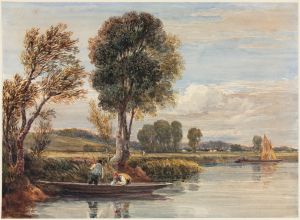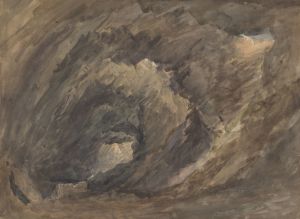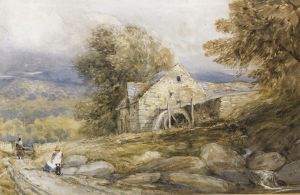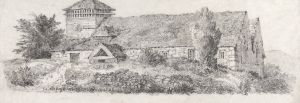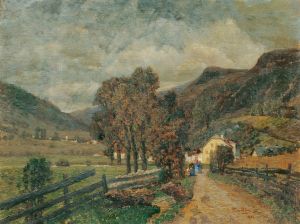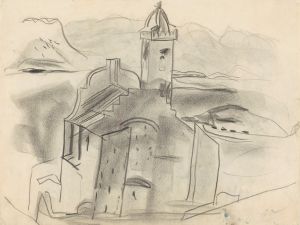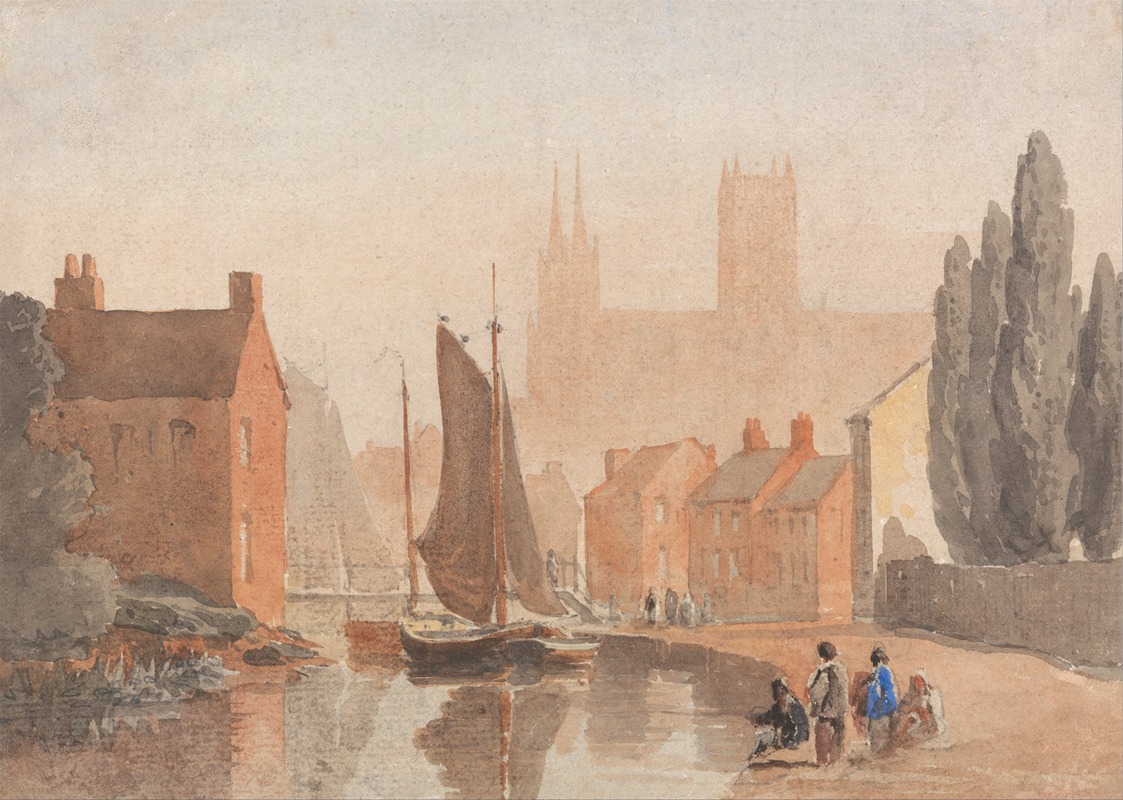
Lincoln Cathedral from Brayford Pool
A hand-painted replica of David Cox’s masterpiece Lincoln Cathedral from Brayford Pool, meticulously crafted by professional artists to capture the true essence of the original. Each piece is created with museum-quality canvas and rare mineral pigments, carefully painted by experienced artists with delicate brushstrokes and rich, layered colors to perfectly recreate the texture of the original artwork. Unlike machine-printed reproductions, this hand-painted version brings the painting to life, infused with the artist’s emotions and skill in every stroke. Whether for personal collection or home decoration, it instantly elevates the artistic atmosphere of any space.
"Lincoln Cathedral from Brayford Pool" is a painting by the renowned British artist David Cox, who was an influential figure in the development of English landscape painting during the 19th century. Born in 1783 in Birmingham, Cox became known for his atmospheric landscapes and his ability to capture the transient effects of light and weather, which positioned him as a precursor to the Impressionist movement.
The painting depicts the Lincoln Cathedral, a historic and architectural landmark in Lincoln, England. The cathedral, officially known as the Cathedral Church of the Blessed Virgin Mary of Lincoln, is one of the finest examples of English Gothic architecture. It was originally built in 1072 and underwent several modifications and reconstructions over the centuries, particularly after a fire in 1141 and an earthquake in 1185. By the time Cox painted it, the cathedral was already a well-established icon of medieval architecture.
Brayford Pool, the body of water in the foreground of the painting, is a natural lake and the oldest inland harbor in England. It has historically been a focal point for trade and transportation in Lincoln, contributing to the city's economic development. The pool is fed by the River Witham and has been a significant feature of the city since Roman times.
David Cox's painting captures the view of Lincoln Cathedral from Brayford Pool, showcasing his mastery in portraying natural light and atmospheric conditions. The composition likely emphasizes the cathedral's towering presence and its reflection in the water, a common technique used by Cox to enhance the visual impact of his landscapes. His use of color and brushwork would have been aimed at conveying the mood and atmosphere of the scene, possibly capturing a specific time of day or weather condition to highlight the cathedral's grandeur and its relationship with the surrounding landscape.
Cox's work is characterized by a loose and expressive style, which was somewhat unconventional at the time but later appreciated for its ability to convey the essence of a scene rather than its precise details. This approach allowed him to capture the dynamic interplay between light, weather, and landscape, making his paintings resonate with a sense of immediacy and emotion.
"Lincoln Cathedral from Brayford Pool" is a testament to Cox's skill in landscape painting and his ability to immortalize the beauty of English landmarks. His works are held in high regard and can be found in numerous public and private collections, including major institutions such as the Tate Gallery and the Victoria and Albert Museum in London. Through his paintings, Cox has left a lasting legacy that continues to influence and inspire artists and art enthusiasts around the world.






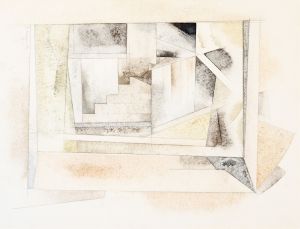

![Portrait of Augusta B. Demuth [the artist’s mother]](/imgs/230941/s/charles-demuth-portrait-of-augusta-b-demuth-the-artists-mother-df0db9f9.jpg)

